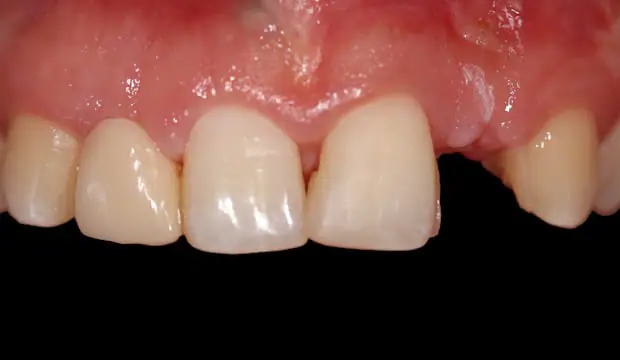
BEFORE
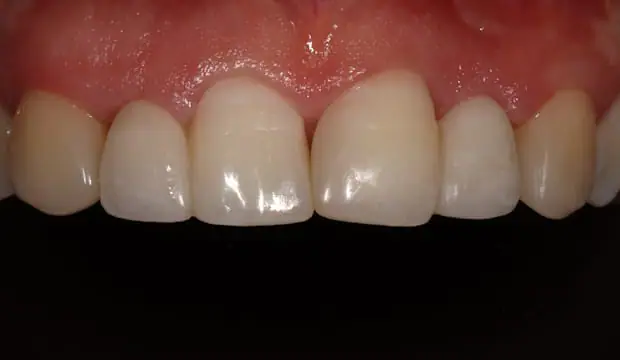
AFTER
Treatment undertaken:
To be successful, resin-bonded bridges should always have one wing, be bonded to acid-etched enamel, and the manufacturer’s instructions for adhesive bonding must be followed carefully. In this case, the final bridge was made from strong ceramic (Zirconia, 1200 MPa) and bonded with a special adhesive cement (Panavia V) that includes a primer designed to improve bonding (as seen in Figures 3 and 4).
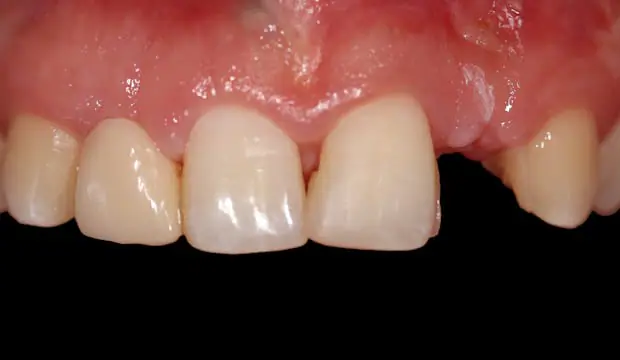
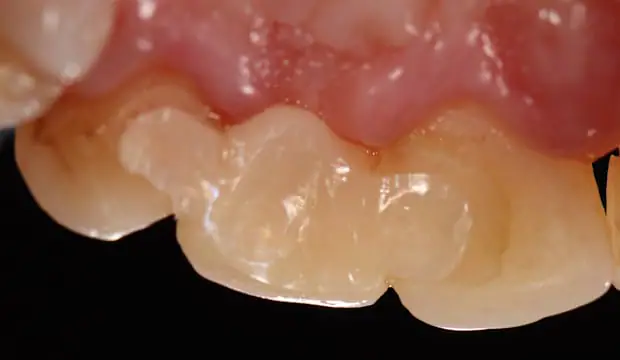
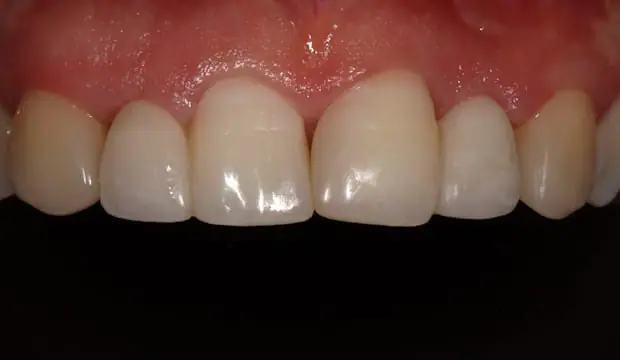
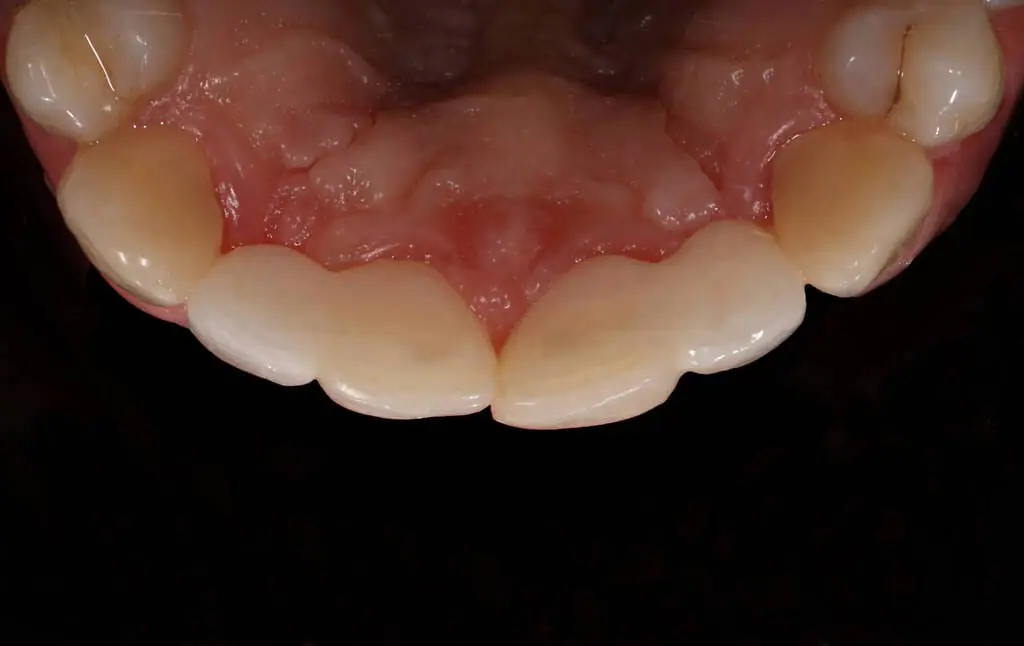
Wimpole St Dental Clinic has strict sourcing guidelines and relies on peer-reviewed studies, academic research institutions, and medical associations. We avoid using tertiary references. You can learn more about how we ensure our content is accurate and current by reading our editorial policy.







